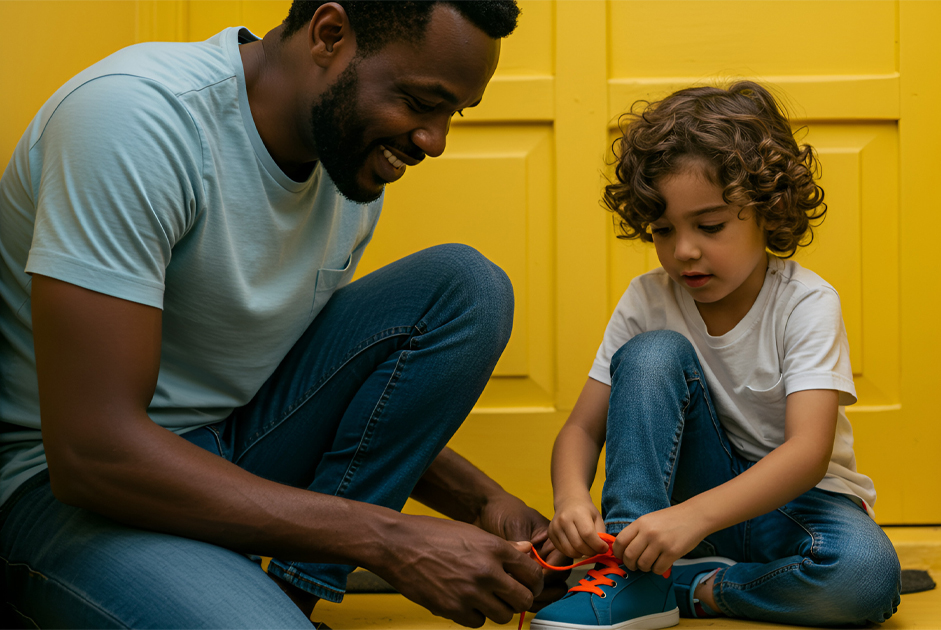It begins with a separation by walls inside the home and later extends to the outdoors. Communication is still present, “I will be outdoors working in the garden.” And then, the question, “Do you want to come with me?” Parents cannot help but want to keep their children close by to ensure physical and emotional safety. In North Carolina, a child cannot remain at home, unsupervised, including within a vehicle, until the age of eight; only then can a child be left alone for a maximum of two hours. By age 12, children can legally remain home for up to three hours during the daytime.
Questions
Not every child has the emotional maturity to remain alone. Here are a few questions parents can ask themselves to ensure readiness.
- Does your child follow the rules and demonstrate responsibility with housework, personal chores, and homework?
- Can your child work well independently?
- Does your child make the right decisions?
- How are unexpected situations handled? Does your child remain calm or panic?
- How does your child feel when spending time alone?
Establishing House Rules
Every household has different circumstances and rules. Perhaps children are allowed to go into the backyard, visit with a friendly neighbor, but not open the door or answer the phone. With a goal not to create too many rules, it’s critical to establish the same standards when you are home as when you are gone, while emphasizing specific guidelines.
- Are friends allowed over, either outdoors or inside the home?
- Can the door open for strangers?
- What about the telephone? Can kids call their friends? Answer the phone when it rings?
- Are there rules about television, the Internet, or using electronic devices? Is there a warning about openly stating the words “home alone” on social media?
- What rules do you have about using the kitchen, explicitly operating appliances, or using utensils?
Communication
Phone watches are a popular and convenient tool to help parents and children communicate when a landline is not present. Parents can control contacts by adding up to seven phone numbers. After a period of rings, some “smartwatches” will automatically open the line for one minute. Watch owners can receive texts and select pre-written responses, such as “yes,” “no,” “okay,” and a few others. For parents who are not ready to invest in a smartphone, the phone watch, offering an accurate GPS, is an ideal and inexpensive option to monitor a child’s movements.
Additional questions:
- Who is your emergency contact? Is it the next-door neighbor, a nearby family down the street, or a grandparent? If your child feels endangered, designate a “safe house” for your child to go to if they have a unique circumstance. (It’s a good idea to inform immediate neighbors, if they are part of your plan.) Ensure that children memorize essential personal information, such as parents’ and grandparents’ names, addresses, and phone numbers.
- Children need reassurance; please allow them to call you just to talk or share what they are doing. Create “check-ins” every half-hour or hour.
Make a Practice Run
Practicing to fulfill the next milestone involves an ongoing activity and dialogue. Your child should know how and when to call 911, operate the home security system, and what to do if smoke appears, an alarm sounds, or a power outage occurs. Take a 30-minute to an hour practice run, while keeping all lines of communication open. Give your child options for what he/she can do, such as watching a favorite television program, continuing building a model, or completing a list of tasks. As parents return home, talk about any problems or concerns. Keep talking about possible scenarios, such as handling the doorbell or answering the phone. As kids hear worse-case situations, they are more likely to respond favorably!
The Buddy System
Siblings are fortunate, despite their personal feelings, to have another person in the home as a means of companionship and comfort. “Only” children may also consider a family pet, such as a dog, cat, or hamster, as a suitable friend.
With preparation and practice, parents and kids will feel comfortable spending time independently, apart!



















